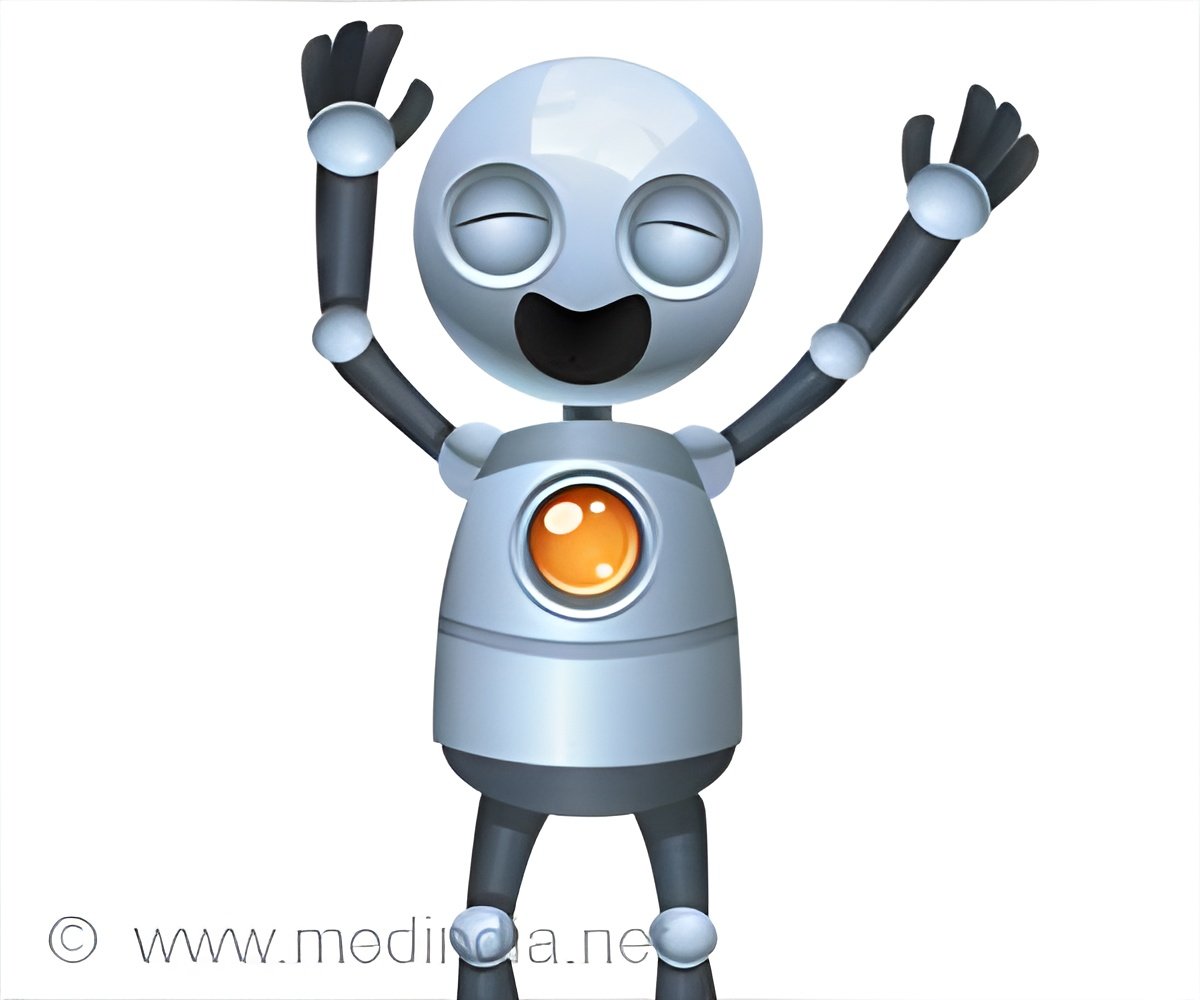Innovative artificial intelligence-based robot can laugh at human jokes. Share your laugh with Erica.

TOP INSIGHT
Get ready to share your laugh with an innovative artificial intelligence-based robot Erica.
Read More..
It’s not as if robots can’t detect laughter or even emit a chuckle at a bad dad joke. Rather, the challenge is to create the human nuances of humor for an AI system to improve natural conversations between robots and people.
“We think that one of the important functions of conversational AI is empathy,” explained lead author Dr Koji Inoue, an assistant professor at Kyoto University in the Department of Intelligence Science and Technology within the Graduate School of Informatics. “Conversation is, of course, multimodal, not just responding correctly. So we decided that one way a robot can empathize with users is to share their laughter, which you cannot do with a text-based chatbot.”
Sharing a Laugh with a Robot
In the shared-laughter model, a human initially laughs and the AI system responds with laughter as an empathetic response. This approach required designing three subsystems – one to detect laughter, a second to decide whether to laugh, and a third to choose the type of appropriate laughter.The scientists gathered training data by annotating more than 80 dialogues from speed dating, a social scenario where large groups of people mingle, or interact, with each other one-on-one for a brief period of time. In this case, the matchmaking marathon involved students from Kyoto University and Erica, teleoperated by several amateur actresses.
“Our biggest challenge in this work was identifying the actual cases of shared laughter, which isn’t easy, because as you know, most laughter is actually not shared at all,” Inoue said. “We had to carefully categorize exactly which laughs we could use for our analysis and not just assume that any laugh can be responded to.”
Erica’s Sense of Humor
The team eventually tested Erica’s new sense of humor by creating four short two- to three-minute dialogues between a person and Erica with her new shared-laughter system. In the first scenario, she only uttered social laughter, followed only by mirthful laughs in the second and third exchanges, with both types of laughter combined in the last dialogue.The team also created two other sets of similar dialogues as baseline models. In the first one, Erica never laughs. In the second, Erica utters a social laugh every time she detects a human laugh without using the other two subsystems to filter the context and response.
“The most significant result of this paper is that we have shown how we can combine all three of these tasks into one robot. We believe that this type of combined system is necessary for proper laughing behavior, not simply just detecting a laugh and responding to it,” Inoue said.
There are still plenty of other laughing styles to model and train Erica on before she is ready to hit the stand-up circuit. “There are many other laughing functions and types which need to be considered, and this is not an easy task. We haven’t even attempted to model unshared laughs even though they are the most common,” Inoue noted.
Of course, laughter is just one aspect of having a natural human-like conversation with a robot. “Robots should actually have a distinct character, and we think that they can show this through their conversational behaviors, such as laughing, eye gaze, gestures and speaking style,” Inoue added. “We do not think this is an easy problem at all, and it may well take more than 10 to 20 years before we can finally have a casual chat with a robot like we would with a friend.”
Source-Eurekalert
 MEDINDIA
MEDINDIA



 Email
Email





